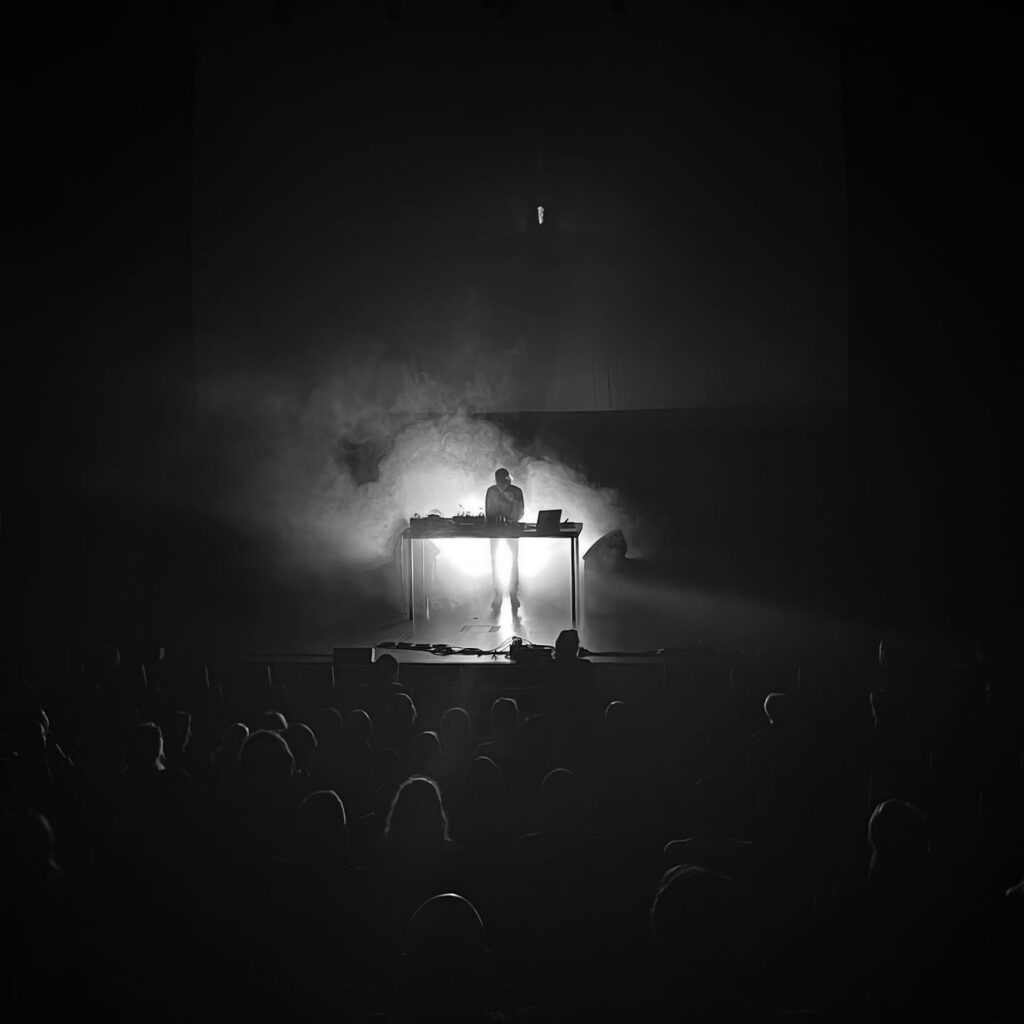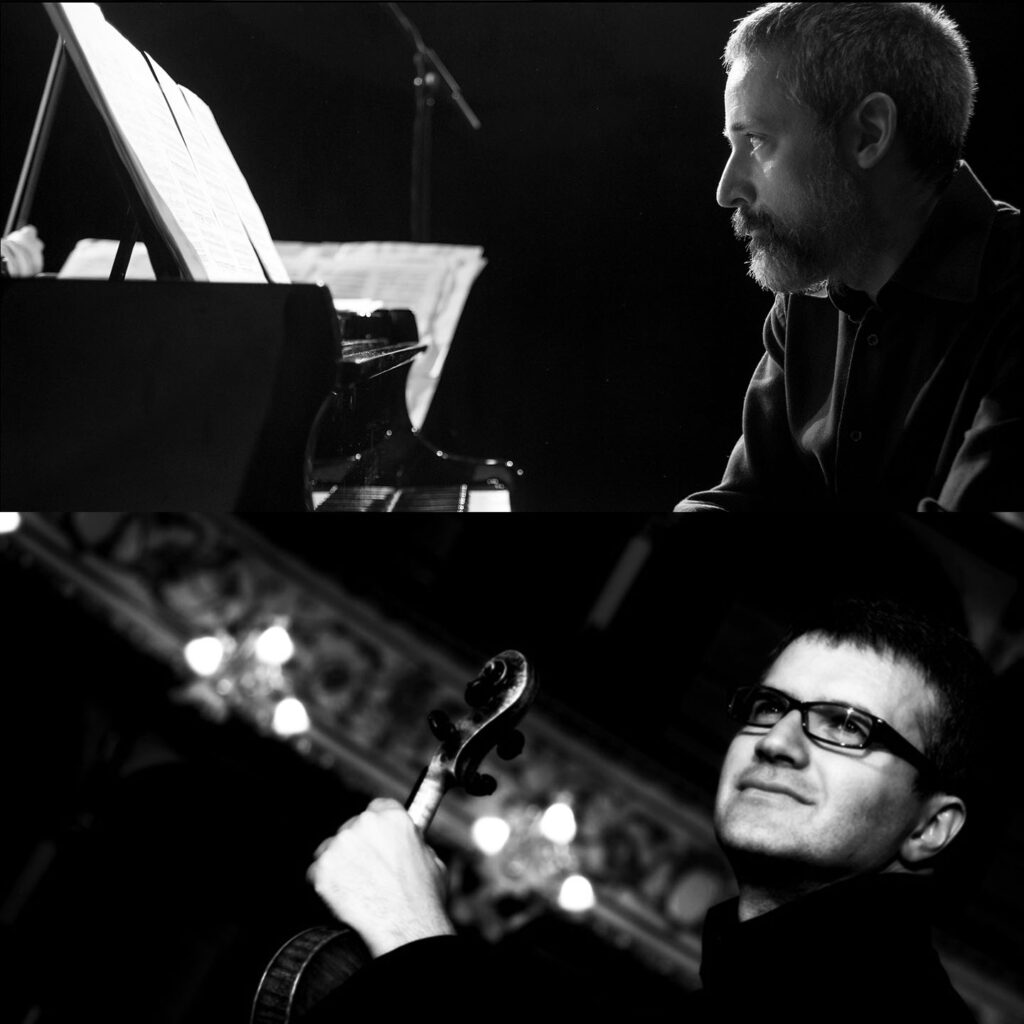ABUL MOGARD / ARVO PÄRT
INNER_SPACES SPRING 2023 - ECHOES OF HOPE


Monday, 13th March
h.21 Auditorium San Fedele
CONCERT
ARVO PÄRT
Spiegel im Spiegel, for violin and piano
Variationen zur Gesundung von Arinuschka, for piano
Passacaille, for violin and piano
Für Alina, for piano
Fratres, for violin and piano
FRANCESCO D’ORAZIO violino, ALFONSO ALBERTI, pianoforte
ABUL MOGARD
Live set
The second appointment of INNER_SPACES spring 2023 foresees the awaited performance of Abul Mogard (stage name of Guido Zen), artist present in the most prestigious international reviews of electronic music, but paradoxically absent from the Italian scene for over a decade, a unique opportunity offered by INNER_SPACES to fill this gap. The first part of the evening also represents a novelty: entirely acoustic with five miniatures by Arvo Pärt for violin and piano, interpreted by Francesco D’Orazio, collaborator of Luciano Berio in the creation of three of his works, and by Alfonso Alberti. An appointment therefore divided into two sections, one totally instrumental, the other of analogue electronic music, both however animated by the same essentialistic vein. Abul Mogard and Arvo Pärt get straight to the point: they aim at the essence of the sound and at the heart of the thematic profile, without the need for preambles, mannerisms or aesthetic stylistic elements.
Guido Zen, aka Abul Mogard, is a builder of impressive musical cathedrals. His music deserves to be listened to in the best conditions to savor the laborious acoustic stratifications, the richness of sound details and the minimal timbral variations with which his structured improvisations are constantly assorted. The spatialized system of the acusmonium Sator of San Fedele is the most suitable instrument for conveying to the listener the vitality of the long compositional processes of material ambient ancestry. The Roman artist builds many of the analog tools he uses: compressors, filters, preamplifiers up to the modular synthesizer. Its instrumental complex is controlled by the computer. The result is a journey into sensory perception that crosses the ambient material. In a recent interview, Guido Zen declares:
“Generally I try to have as many elements as possible to build and deconstruct the pieces during the concert. Some elements are original parts that are manipulated live and which I think are essential for the composition, others are themes or sounds generated by synthesizers and effects in real time. I like being able to have a dynamic concert and depending on the place and the atmosphere, I let myself be guided by the energy in the hall to modulate these elements”.
Alongside the Roman musician, a thirty-five-minute first instrumental part with five works by Arvo Pärt, almost all from the debut of the tintinnabuli phase between 1976 and 1980, performed by two masters of new music: Francesco D’Orazio on violin and Alfonso Alberto on the piano. The compositional art of the Estonian musician is of the subtractive type, it consists in digging uninterruptedly to discard almost all the matter until leaving only the essence, the core, the backbone through the use of a figure, a sketched sentence, a a whisper, a tinkling. An artistic perspective that derives from the ancient Christian prayer in the Orthodox tradition, reduced and condensed in the invocation of the name of Jesus preserved in the perpetual prayer of the heart, the hesychasm: , Son of God, have mercy on me a sinner).
Four of the works performed are part of the compositional turning point of the Estonian musician, when in 1976 he wrote Für Alina (1976), for piano, inaugurating a new process that Arvo Pärt will call tintinnabuli. Two voices evolve homorhythmically (as in the first counterpoint of Western music, Pérotin’s organas, “note against note”). A voice is melodic, built around a center (the “melodic center”). This center is sometimes the starting or ending point, often including ascending or descending diatonic scales. The other voice is harmonious and “tinkling” like a bell (that is, it persists in repeating a single note or its harmonics), in reality it arpeggios the notes of a perfect chord, minor or major. The whole is profoundly diatonic and therefore tonal, deliberately naïve, immobile (ostinato), monolithic. The melody, often very united, gradually unfolds around the centre, is varied by contrapuntal, often specular effects. The pace is slow, the tempo is generally even, the texture is often resonant (that’s the “jangly” side again). The diatonic frictions of semitone or tone are very often sought between the melodic voice and the tintinnabuli voice which invariably shells its arpeggio. It is therefore a lyrical tonal tension that is perpetuated, “immovable yet eternally varied”.
Among all the works performed in the evening, Fratres stands out, written for the Russian violinist Gidon Kremer in 1980. The meager profile of the thematic figure is sometimes traced bare, sometimes in a figurative style and also developed and dynamized with arpeggios with a virtuosic trait, but in a reduced, litany setting, typical of prayer.
